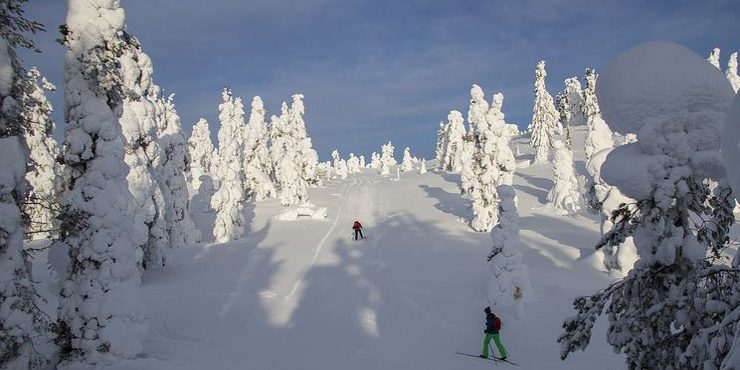What Is Nordic Skiing: As Explained By A Nordic
We all love skiing, don’t we? But, have you ever stumbled across the word Nordic Skiing?
Though the term is often thrown around, we hardly stop to think about what it actually means. In layman language, Nordic skiing could be considered an excellent way to get out into the woods during winter, without the ski lifts and away from people.
Often times, people use ‘Nordic skiing,’ and ‘classic skiing’ interchangeably. However, this is technically incorrect as Nordic skiing is a term specifically used to cover a number of skiing disciplines that originates from the Nordic region, classic skiing being one of them.
There is a lot of love about Nordic skiing that it is worth taking a look at what it is all about.
- What Is Nordic Skiing?
- History
The tradition of skiing began thousands of years ago in Scandinavia where skis were a common tool for transportation across the snow-covered landscape. Sondre Norheim, born in 1825 was passionate about skiing. He started inventing new techniques using modified equipment like heel bindings, and waisted skis.
However, it was when he turned 42 that he became nationally known for participating in a competition where he demonstrated the telemark turn and parallel turn for the first time. Later, as years passed, many skiing disciplines evolved, and Nordic skiing became a term that used to refer to all the disciplines that stemmed from the Nordic region.
- Nordic Skiing Vs. Alpine Skiing
Talking about Nordic skiing, the first things to consider is how it differs from alpine skiing. Nordic skiing is both functionally and stylistically different from alpine skiing. The most prominent features of Nordic skiing are the use of a free heel, lighter and less bulky skis and boots. Due to this reason, Nordic skiing makes it possible for the skiers to experience skiing across all terrains.
Nevertheless, Nordic skiing comes in a wide array of styles and is broken down into three recreational disciplines: telemark, cross-country, and alpine touring. Each of these three disciplines demands a specific style of skiing, and therefore serves different purposes.
For instance, cross-country skiing can be simply referred to as a style for everyone. There are different ways to go about it, and is meant to be only used to traverse across flat and tame terrain. On the other hand, both alpine touring and telemark are similar in some aspects and allows vertical travel.







